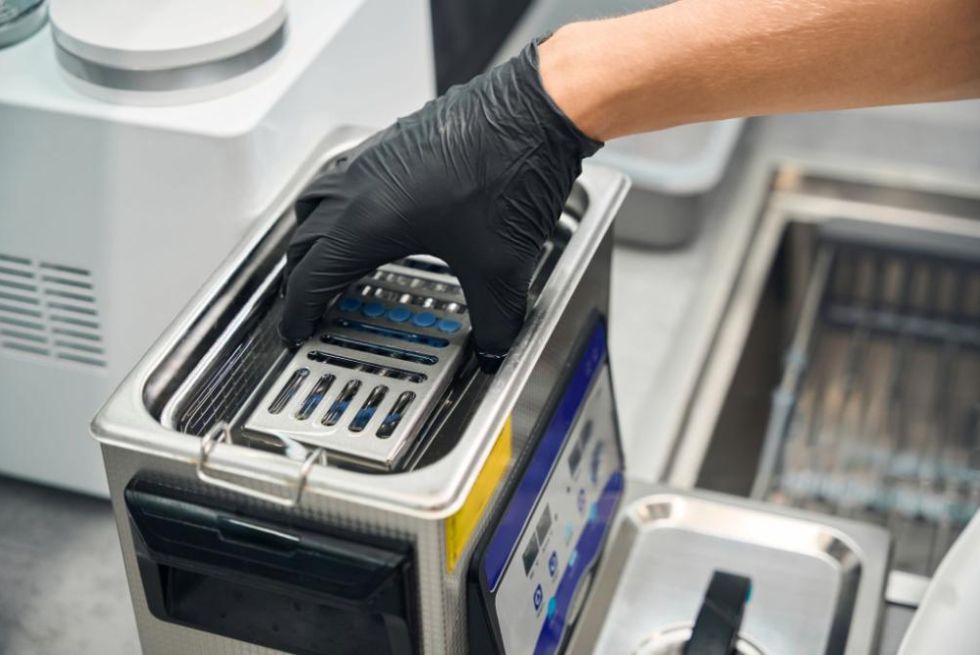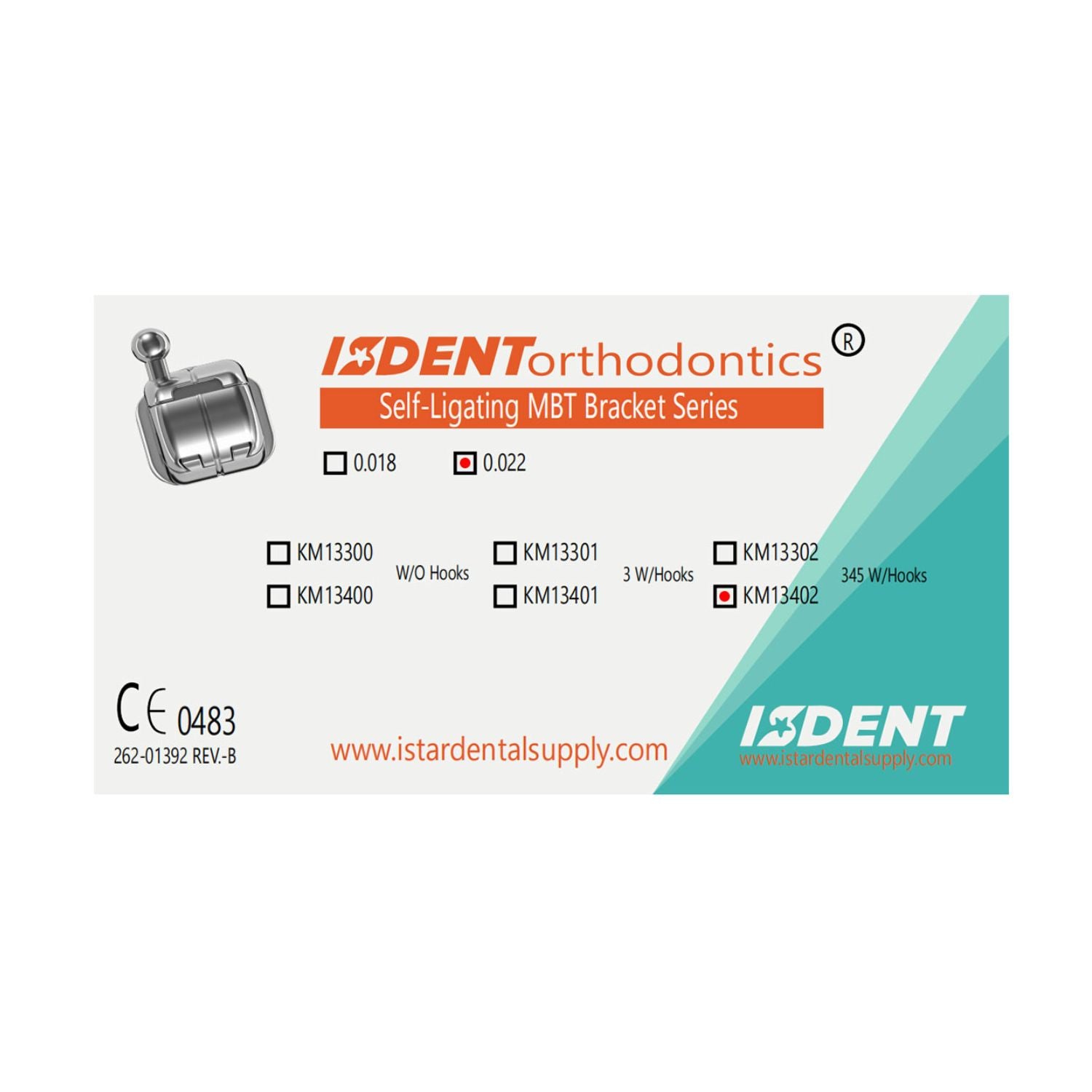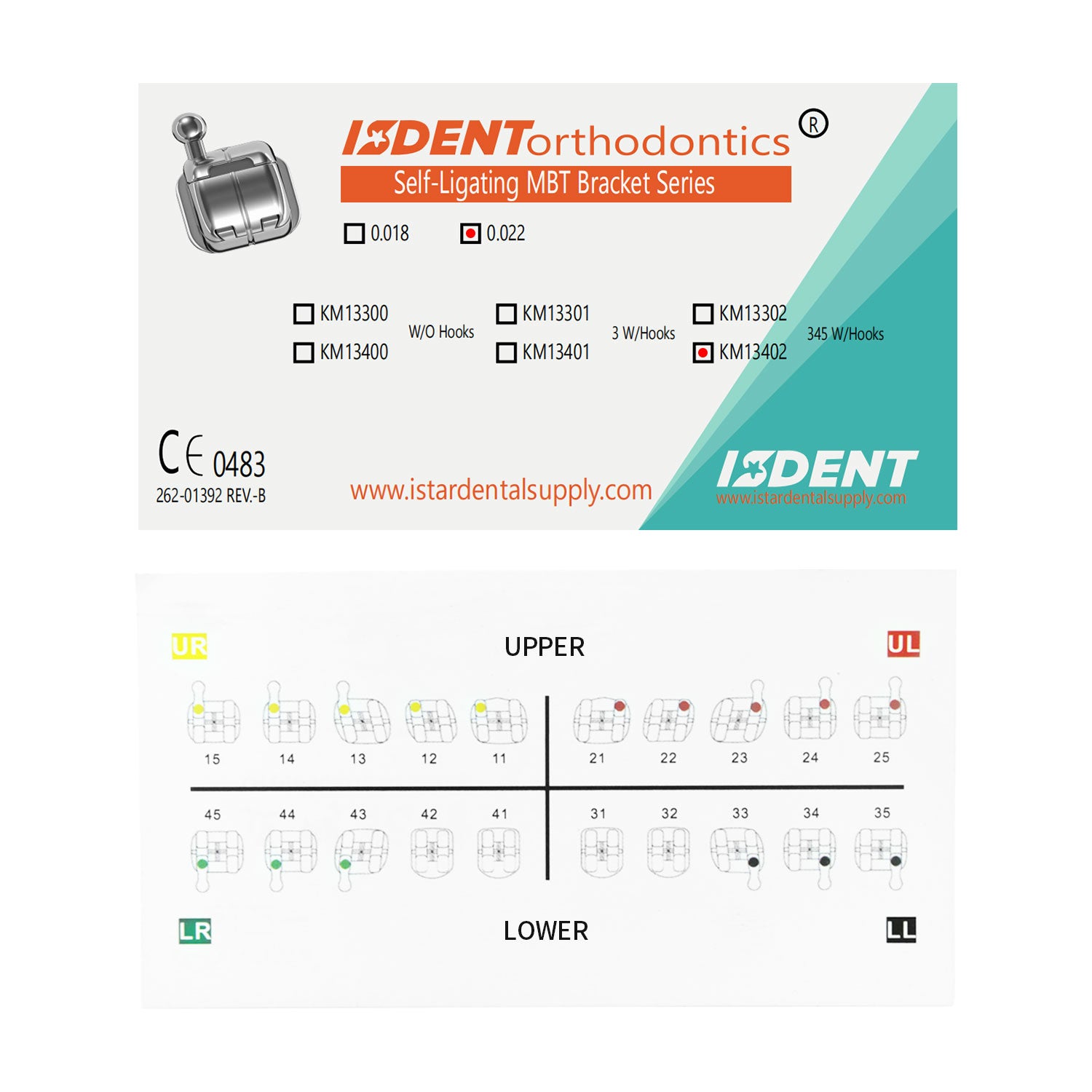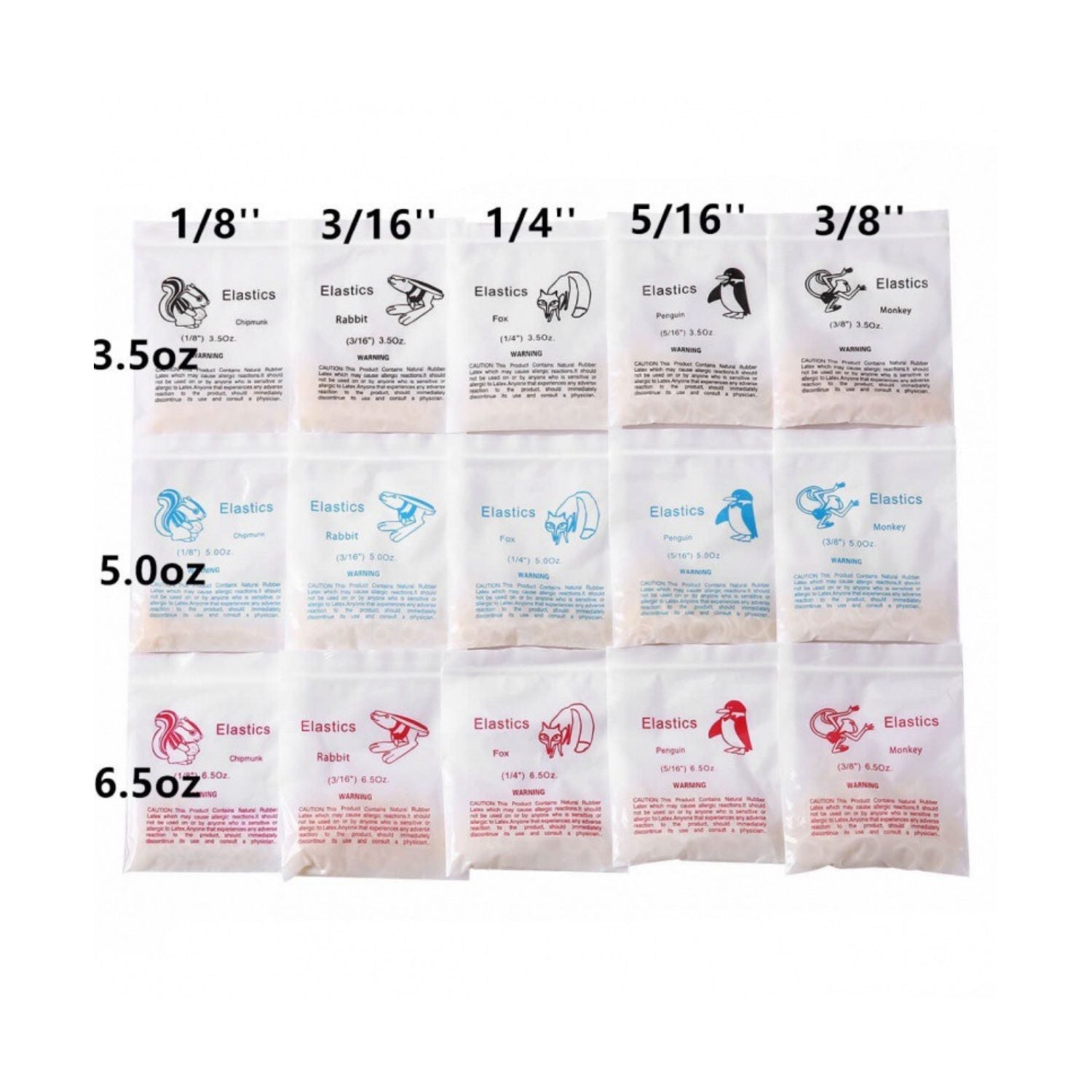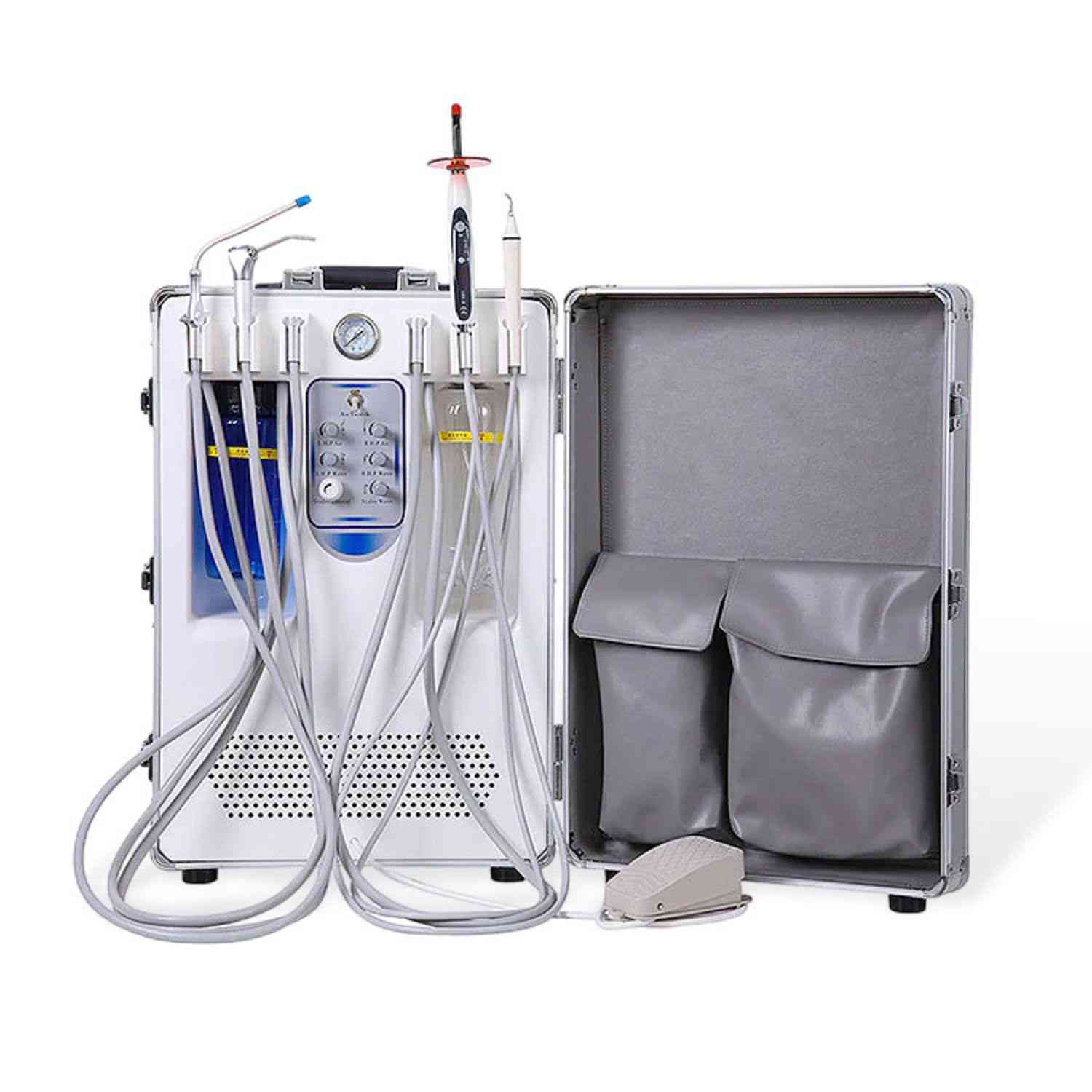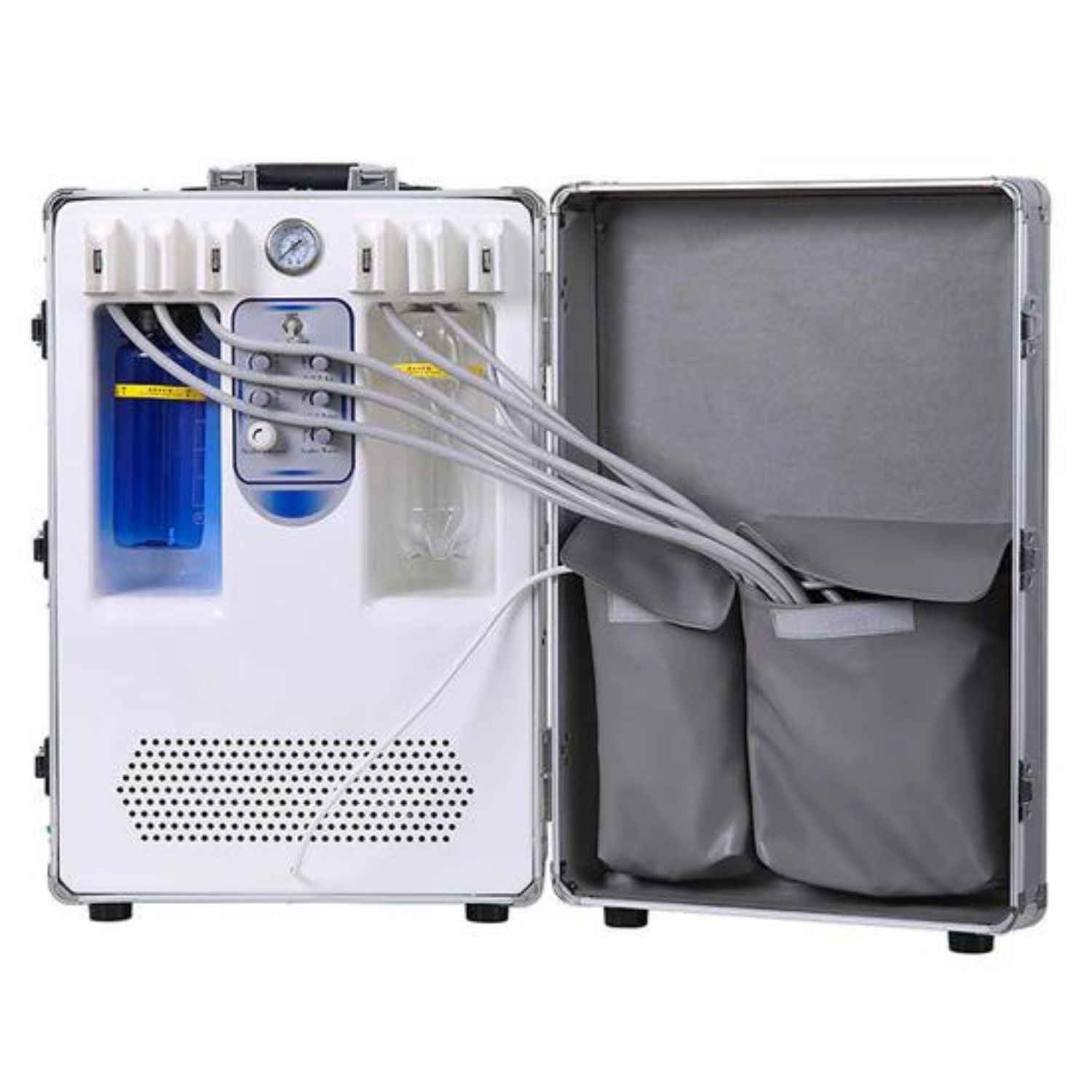The Ultimate Guide to Ultrasonic Cleaners for Dental Instrument Sterilization
This article provides a comprehensive overview of dental ultrasonic cleaners, explaining how they work, why they're essential for cleaning dental instruments, and how to choose the right one for your practice. Whether you're a dentist, run a dental clinic, dental lab, dental hospital, or dental school, understanding ultrasonic cleaning is crucial for maintaining the highest standards of hygiene and patient safety. It's worth reading because it offers practical advice and insights, ultimately helping you to clean dental instruments effectively and efficiently. As ISTAR Dental Supply, we offer our expertise on the product and are able to offer advice.
1. What is an Ultrasonic Cleaner and How Does It Work?
An ultrasonic cleaner is a device that uses high-frequency sound waves to create microscopic bubbles in a cleaning solution. This process, known as cavitation, generates a powerful scrubbing action that removes debris and contaminants from immersed items. In the dental field, ultrasonic cleaners are primarily used for cleaning dental instruments before sterilization.
Ultrasonic cleaners work by employing a transducer, which converts electrical energy into ultrasonic vibrations. These vibrations travel through the cleaning solution in the tank, creating millions of tiny bubbles. When these microscopic bubbles in a cleaning solution implode, they release energy, dislodging contaminants from even the most intricate parts of dental tools. This is more effective than manual cleaning methods.
The effectiveness of an ultrasonic cleaner depends on several factors, including the frequency of the sound waves, the type of cleaning solution used, and the cleaning time. ISTAR Dental Supply has the knowledge and resources to help answer questions and offer solutions, such as the best cleaning solution to purchase.
2. Why is Ultrasonic Cleaning Essential in Dental Practice?
Ultrasonic cleaning has become indispensable in modern dental practice for several key reasons. First and foremost, it provides a superior level of cleaning efficiency compared to manual cleaning. Manual cleaning methods may not effectively reach all crevices and hidden areas of complex dental instruments.
Secondly, ultrasonic cleaning reduces the risk of cross-contamination. By eliminating the need for manual scrubbing, it minimizes the chance of accidental cuts or needle sticks, protecting both dental professionals and patients. This thorough cleaning is crucial for infection control.
Finally, ultrasonic cleaners save time and effort. A typical cleaning cycle is much shorter than the time required for thorough manual cleaning, allowing dental staff to focus on other critical tasks. Ultrasonic dental cleaners offers many great benefits.

3. How to Use an Ultrasonic Cleaner for Dental Instruments?
Using an ultrasonic cleaner is a relatively straightforward process, but it's essential to follow the correct steps to ensure effective cleaning action. First, prepare the cleaning solution according to the manufacturer's instructions. Typically, this involves diluting a concentrated solution with water. The cleaning solution is important.
Next, place the dental instruments in the basket of the ultrasonic cleaner. Avoid overcrowding the basket, as this can hinder the cleaning process. Ensure that all instruments are fully submerged in the solution.
Finally, set the cleaning time and temperature according to the instrument type and the level of contamination. Start the cleaning cycle. Once the cycle is complete, carefully remove the instruments and rinse them thoroughly with distilled water. It's essential to dry the instruments completely before sterilization.
4. Choosing the Right Ultrasonic Cleaner: Key Features to Consider.
Choosing the right ultrasonic cleaner for your dental practice requires careful consideration of several factors. The size of the tank should be appropriate for the volume and size of the dental instruments you typically process. Consider purchasing an Ultrasonic Cleaner Dental from ISTAR Dental Supply.
The ultrasonic frequency is another crucial factor. Higher frequencies (e.g., 40 kHz) provide a more gentle cleaning action, suitable for delicate instruments, while lower frequencies offer greater cleaning power for heavily soiled items.
Look for features such as adjustable timers, temperature control, and degassing functions. Degassing removes trapped air from the cleaning solution, enhancing the effectiveness of cleaning. Features of ultrasonic cleaner dental include durability, which is important.
5. What Cleaning Solution is compatible for my machine?
Choosing the correct cleaning solution is just as crucial as the ultrasonic cleaner itself. Cleaning solutions are designed to enhance the cavitation process and target specific types of contaminants. ISTAR Dental Supply has the knowledge and resources to help you choose the right cleaning solution.
For dental instruments, enzymatic cleaning solutions are often recommended. These solutions contain enzymes that break down organic matter, such as blood and saliva. Some solutions also have disinfectant properties, providing an extra layer of protection. Always use a cleaning solution specifically formulated for ultrasonic cleaners.
It's essential to follow the manufacturer's instructions regarding dilution and usage. Using the wrong cleaning solution or an incorrect concentration can damage the ultrasonic cleaner or the dental instruments.
6. How Long is the Ideal Cleaning Cycle for Dental Instruments?
The ideal cleaning cycle for dental instruments varies depending on several factors, including the type of instrument, the level of contamination, and the ultrasonic cleaner's specifications. However, a typical cleaning cycle ranges from 5 to 15 minutes.
For heavily soiled instruments, a longer cleaning time may be necessary. Some ultrasonic cleaners offer adjustable cleaning cycles, allowing you to customize the duration based on your specific needs.
It's crucial to avoid over-cleaning, as prolonged exposure to ultrasonic waves can potentially damage delicate instruments. Always refer to the manufacturer's recommendations for the specific cleaning time for different types of dental instruments.

7. Maintenance Tips to Extend the Longevity of the Cleaner.
Proper maintenance is essential to ensure the longevity of the cleaner and its continued effectiveness. Regularly change the cleaning solution, typically after each use or at least daily. Leaving dirty solution in the tank can lead to the buildup of contaminants and reduce cleaning efficiency.
Clean the tank of the ultrasonic cleaner regularly with a mild detergent and water. Rinse thoroughly and dry completely before refilling with fresh cleaning solution.
Inspect the transducer and other components periodically for any signs of wear or damage. If you notice any issues, contact the manufacturer or a qualified technician for repair or replacement. ISTAR Dental Supply is able to offer assistance with issues.
8. Ultrasonic Dental Cleaning vs. Manual Cleaning Methods: A Comparison.
| Feature | Ultrasonic Dental Cleaning | Manual Cleaning Methods |
|---|---|---|
| Cleaning Efficiency | Superior, reaches intricate areas | Can be less effective, especially in hard-to-reach areas |
| Cross-Contamination | Reduced risk due to minimal manual contact | Higher risk due to manual scrubbing and handling |
| Time Efficiency | Faster, typical cycle is 5-15 minutes | Slower, can take significantly longer for thorough cleaning |
| Instrument Damage | Less likely to cause damage if used correctly | Higher risk of damage due to scrubbing and abrasive cleaners |
| Consistency | Consistent cleaning results | Results can vary depending on the technique and thoroughness |
| Employee Safety | Safer, lower chance of sharps injuries during cleaning | Increased risk of sharps injuries |
While manual cleaning methods have traditionally been used in dental offices, ultrasonic dental cleaning offers significant advantages in terms of efficiency, safety, and thoroughness. Ultrasonic cleaners are the preferred choice for dental professionals.
9. Can an Ultrasonic Cleaner be Used for Other Dental Appliances?
Yes, ultrasonic cleaners are also versatile tools that can be used for cleaning a wide range of other dental items beyond just instruments. They are ideal for cleaning dentures, orthodontic appliances, mouthguards, and even some types of dental tools.
The gentle yet powerful cleaning method is particularly well-suited for dental appliances that have intricate designs or are made from delicate materials. Ultrasonic cleaning ensures a thorough cleaning that manual scrubbing can't achieve.
However, it's important to note that not all dental appliances are suitable for ultrasonic cleaning. Always check the manufacturer's recommendations before placing any item in an ultrasonic bath.

Frequently Asked Questions (FAQs) about Dental Ultrasonic Cleaners.
-
What is the difference between an ultrasonic cleaner and an autoclave?
An ultrasonic cleaner is a device for deep cleaning dental instruments, removing debris and contaminants. An autoclave, on the other hand, is a sterilization device that uses high-pressure steam to kill all microorganisms. Ultrasonic cleaning is a pre-sterilization step.
-
Can I use tap water in my ultrasonic cleaner?
It's generally recommended to use distilled or deionized water in an ultrasonic cleaner. Tap water can contain minerals that can leave deposits on instruments and affect the cleaning process's efficiency.
-
How often should I change the cleaning solution?
The cleaning solution should be changed after each use or at least daily, depending on the frequency of use and the level of contamination.
-
Is ultrasonic cleaning safe for all types of dental instruments?
Ultrasonic cleaning is generally safe for most reusable dental instruments, but it's essential to check the manufacturer's recommendations. Some delicate instruments may require a lower ultrasonic frequency or shorter cleaning time.
-
What kind of cleaning agent should be used?
It is recommended to use enzymatic cleaning agents. It helps provide better cleaning action while minimizing potential damage to delicate instruments.
-
How does the cleaning cycle work?
The user should always consult the manual before starting any kind of cleaning. The cleaning cycle should be customized based on the instrument types and materials. The user will need to select the cycle and specific cleaning time.
Conclusion
Ultrasonic cleaners have become an essential piece of dental equipment in modern dental clinics and laboratories. They offer a highly efficient and effective device for deep cleaning dental instruments, ensuring patient safety and maintaining the highest standards of hygiene. ISTAR Dental Supply's ultrasonic dental instrument cleaner offers many benefits. By understanding how ultrasonic technology works and following the proper procedures, dental professionals can maximize the benefits of this effective device for deep cleaning. We offer reliable instruments, such as our Dental RVG Sensor.
Here's a summary of the most important things to remember:
- Ultrasonic cleaners use high-frequency sound waves to create cavitation, a powerful cleaning action.
- Ultrasonic cleaning is superior to manual cleaning in terms of efficiency, safety, and thoroughness. You can learn more about our Medical Pouch Sealer.
- Always use a cleaning solution specifically formulated for ultrasonic cleaners. We also offer a variety of other products, such as Dental Loupes.
- Follow the manufacturer's instructions for cleaning time and temperature.
- Regular maintenance is crucial to extend the longevity of the cleaner.
- Ultrasonic cleaners are effective for cleaning other dental devices. Check out our Dental Curing Light.
- Choose the right sized cleaning tank. Our products also include Dental X Ray.
By following these tips and making informed decisions, you can invest in an ultrasonic cleaner that offers reliable performance and helps your dental practice deliver the highest quality of care. Contact ISTAR Dental Supply today for further guidance.

